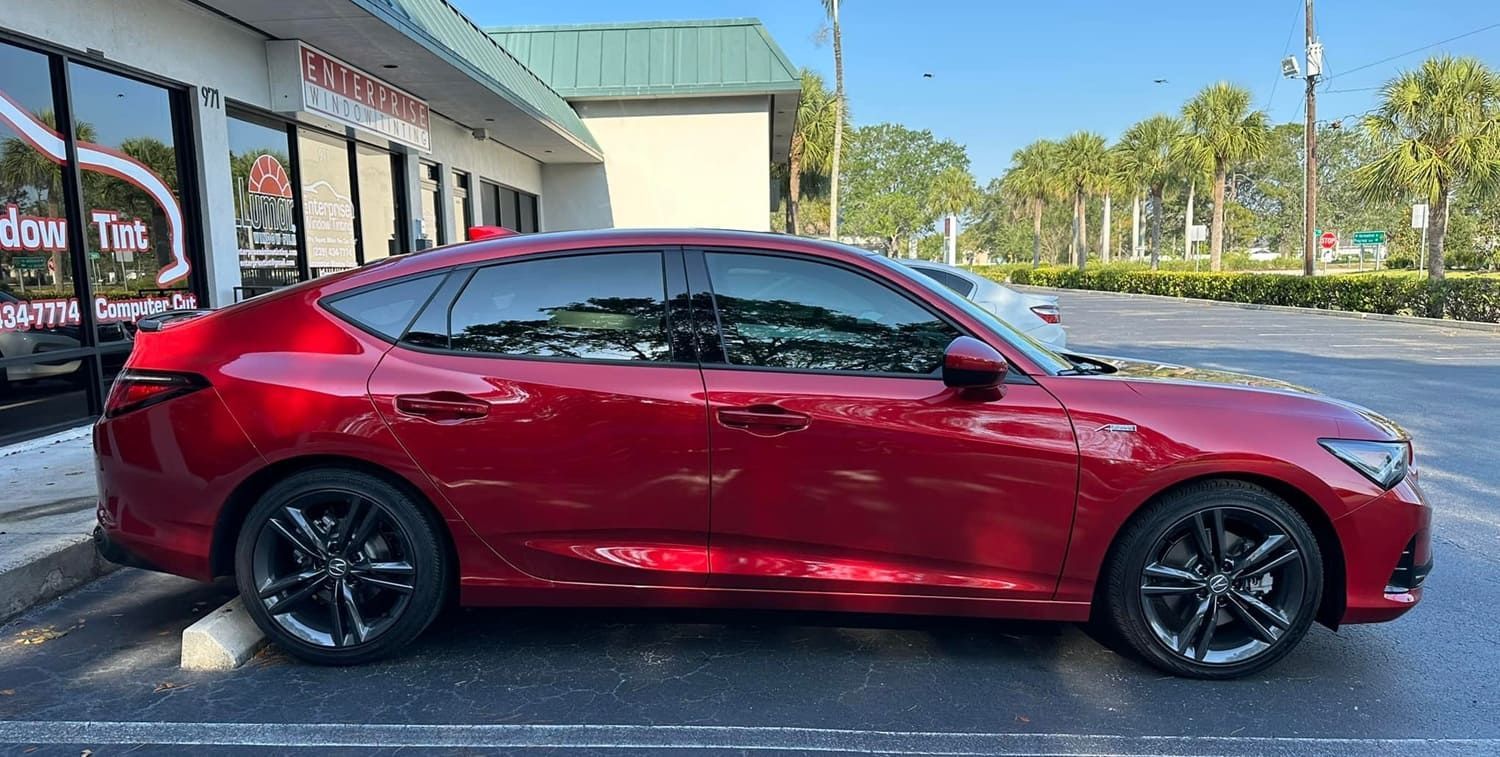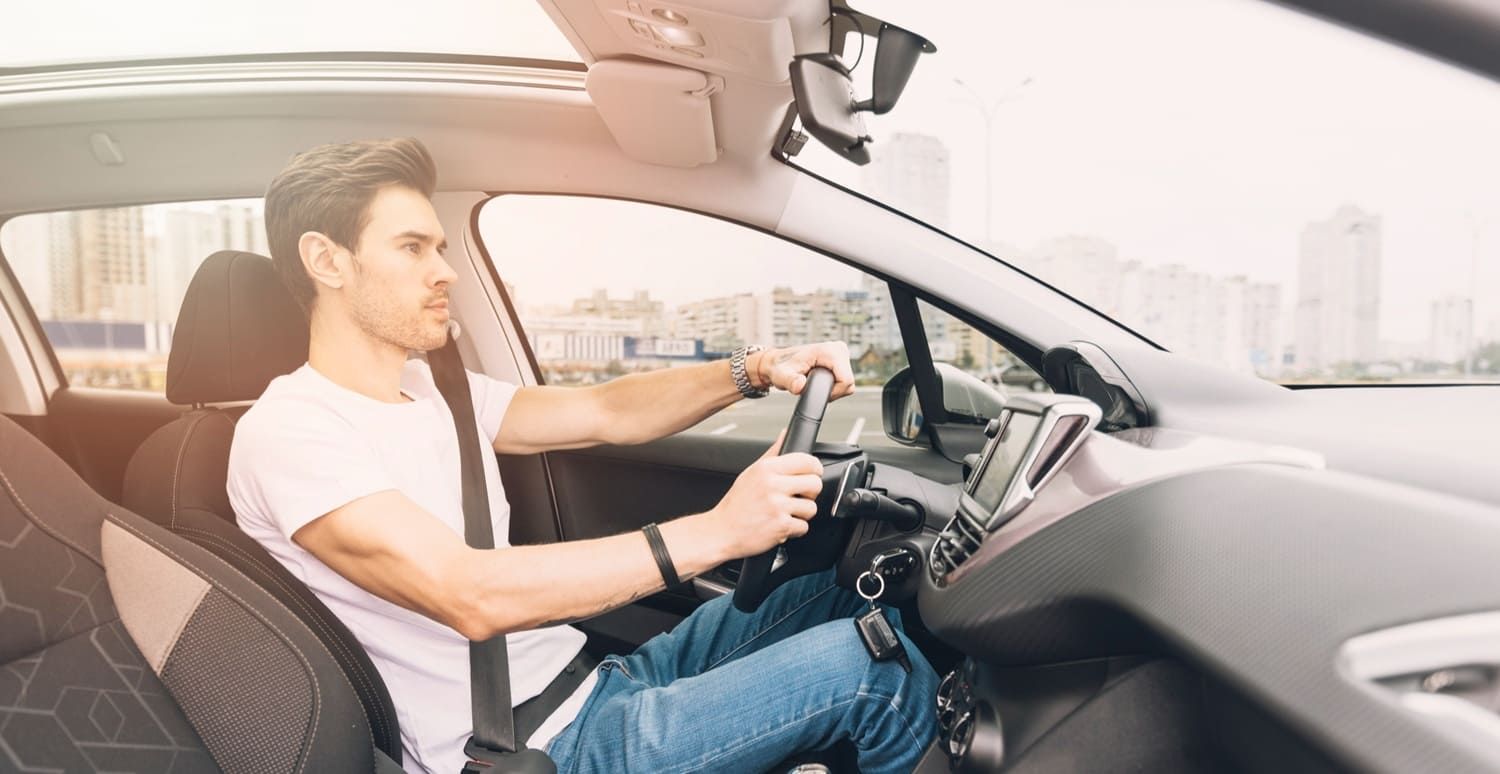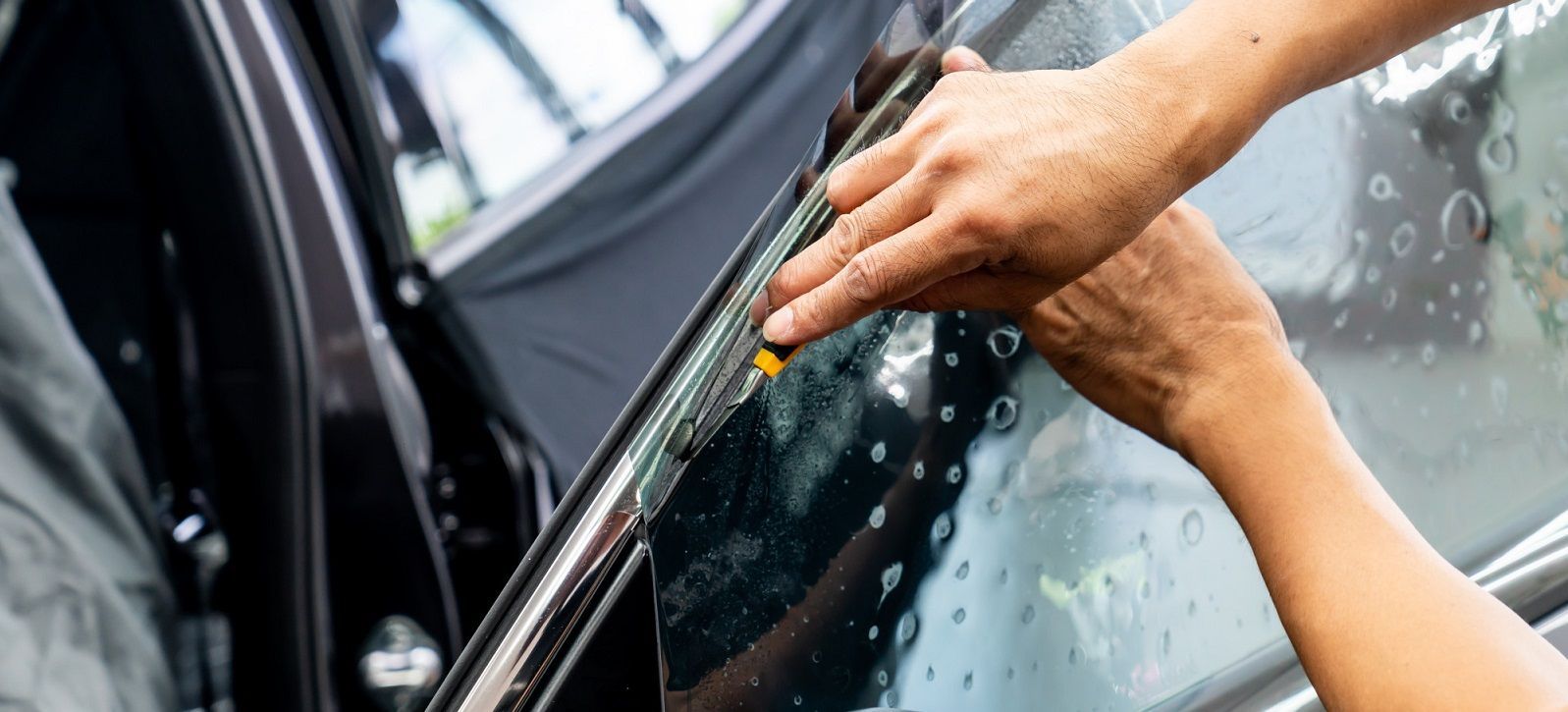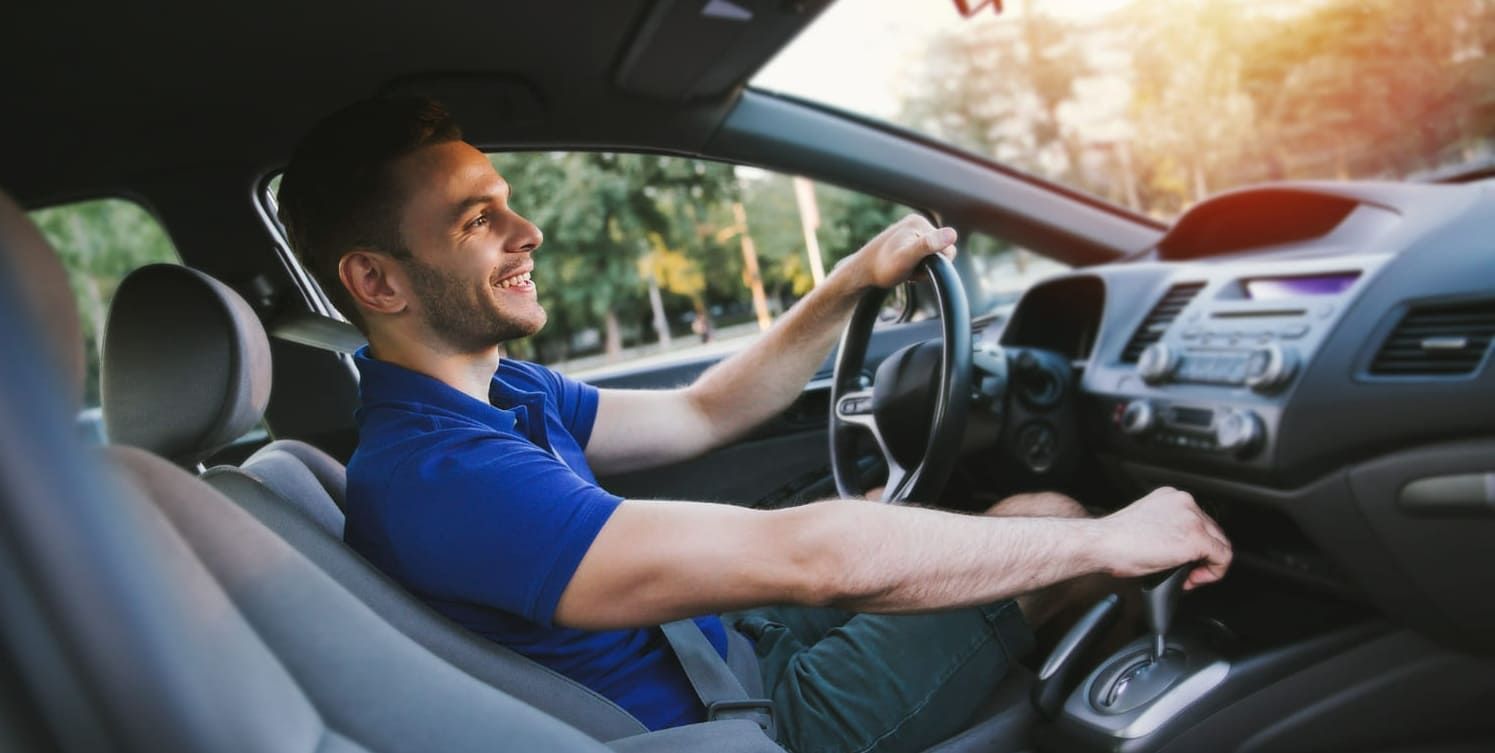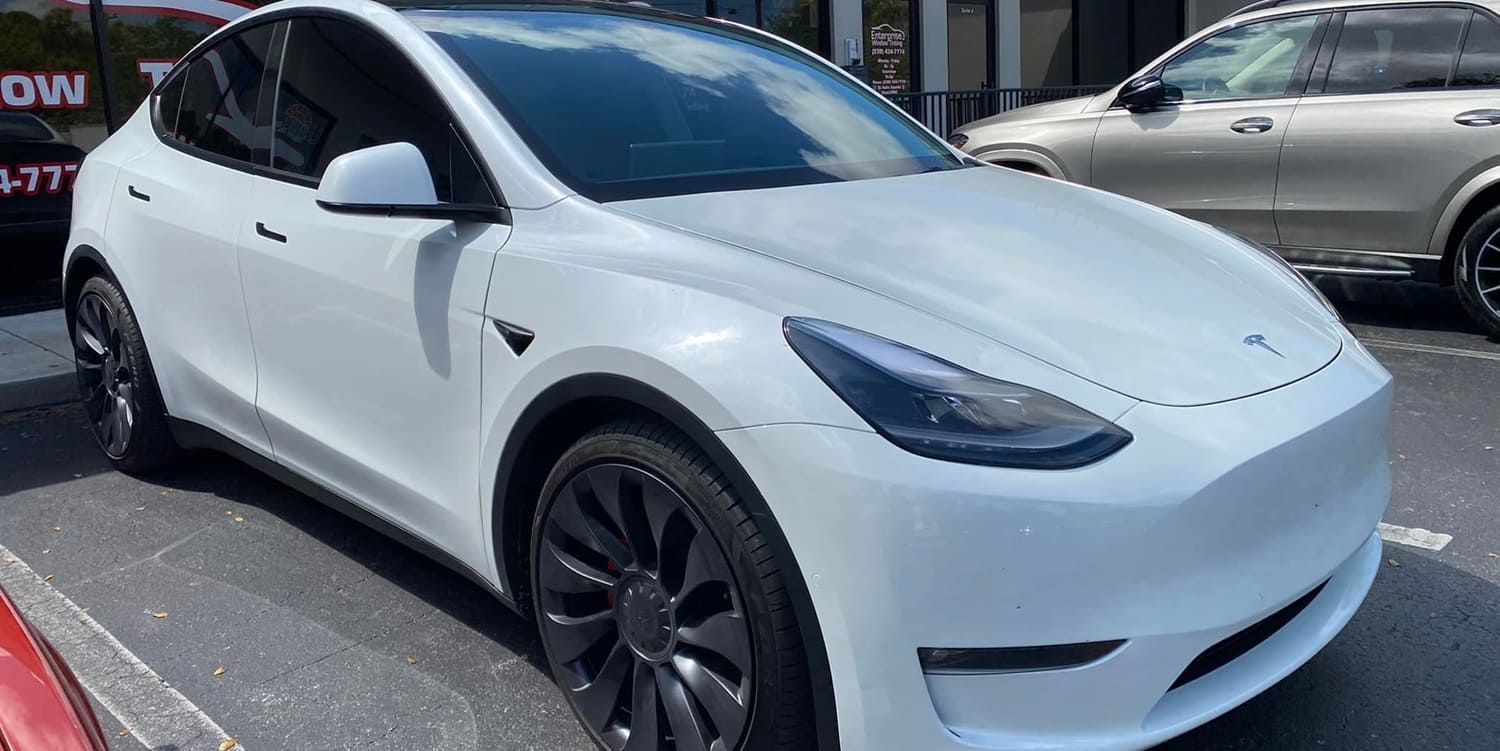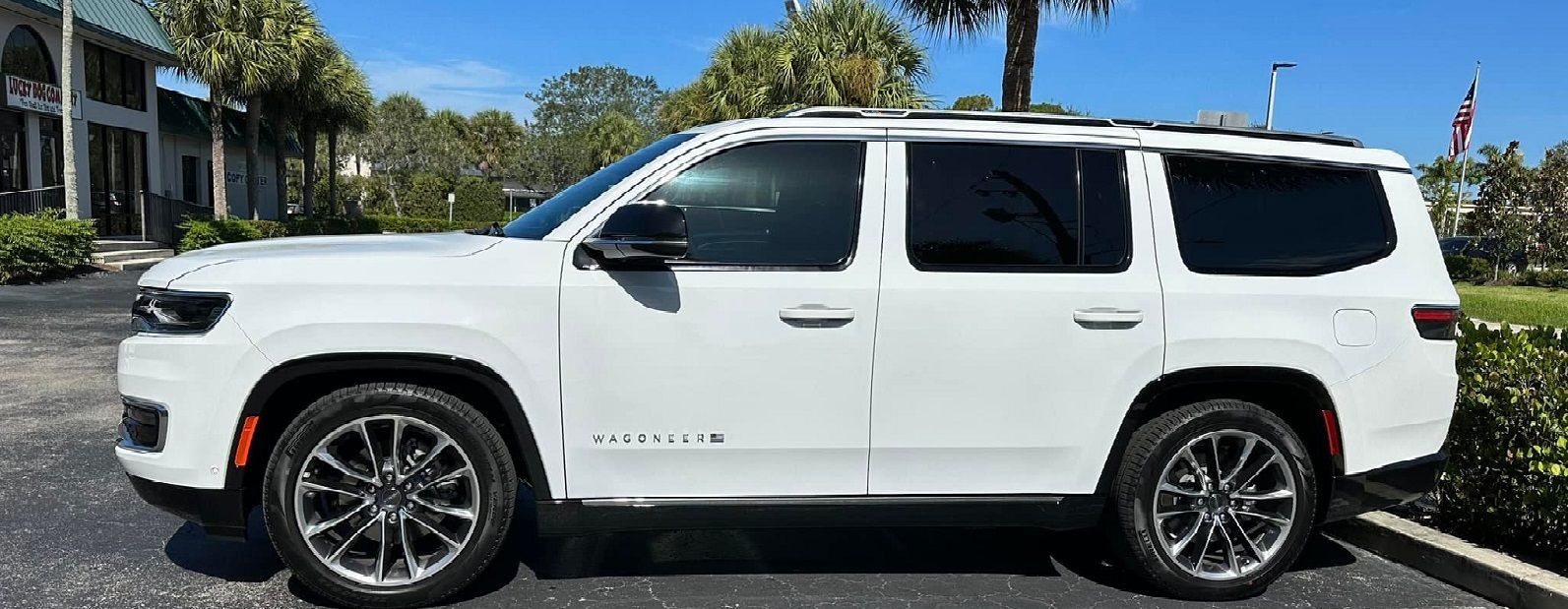The 6 Best Types of Window Tint for Cars
There are a few different types of window tint for cars that you can use. Here are six of our favorite types to use on your vehicle.
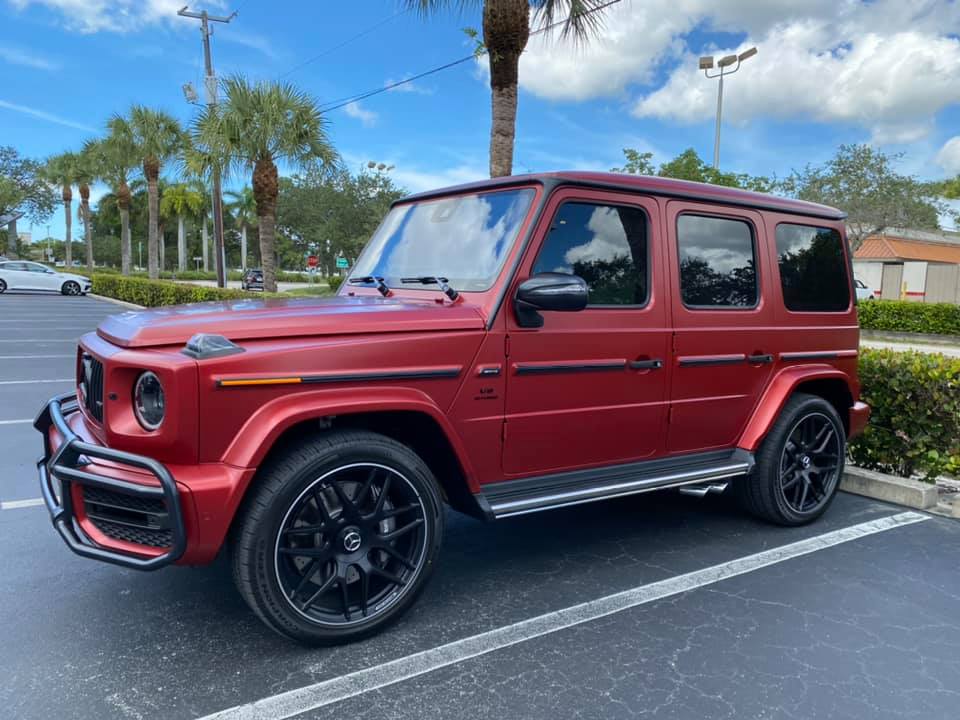
Automotive window tinting is a huge industry worldwide, with the sector valued at $3.14 billion in 2018. That figure will grow to $4.46 billion by 2025.
It’s easy to see why vehicle owners love to tint their vehicles. Not only does window tint for cars add style to your car, but it also protects your car’s interior from harmful UV rays that can damage your valuable upholstery and dash. Besides, car window tinting saves money, among many other benefits.
Many car models today come with auto tint already preinstalled. But you can still find many aftermarket car window tint options that will transform the look and functionality of your car.
In today’s post, we look at some of the best window tint types on the market today. Read on to learn more.
1. Dyed Car Window Tints
Dyed tints are arguably the most common and most affordable car tinting options available today. The tints are essentially thin, multi-layered films of plastic that’s been dyed. These tints adhere to your vehicle’s windows.
You can find tints of varying dye densities. The choice depends on the degree of darkness you want for your car window tint.
The dye can help block out a considerable amount of UV rays, keeping the interior cool. It’s the ideal type of car tint to invest in if you’re looking for fairly functional tinting at an affordable price.
The main drawback with this type of window tinting is that the dye tends to fade over time. That means you’ll need to replace it after some time.
Dyed tints also don’t provide particularly high levels of UV reduction as compared to other types of car tints. And, given their thinness, dyed car tints tend to be especially susceptible to scratches and surface damage.
2. Metalized Auto Tints
Metalized car tints are a step up from dyed auto tints. These window tints do an excellent job of blocking out UV rays and heat through reflection. The tiny metal particles embedded within the layers of the film help make the window film reflective.
The metal microparticles also help make your vehicle’s windows stronger. Thus, your car’s windows are far less likely to shatter once broken.
Metalized car window tints are also shinier than their dye-based options, which adds to their aesthetic appeal. Besides, they’re more scratch-resistant, which means they’ll last longer than dyed window films.
But there are downsides to metalized window tints as well. For instance, these films can interfere with cell, GPS, and radio reception. The car window tints also tend to be pricier than dye-based films, thanks to their more sophisticated features.
3. Hybrid Car Window Tints
Hybrid car tints afford you the best of both dyed and metalized window films. You get the affordability and privacy of dye-based films, plus the strength and UV-blocking effectiveness of metalized window films. These window tints also do not fade quickly and are more scratch-resistant.
One of the drawbacks of these window films is that the infused metal microparticles interfere with signal strength. Moreover, the technology doesn’t come cheap.
4. Carbon Window Tints
Carbon window tints feature a rare matte finish, which makes them more subtle and tasteful than the shiny metalized window films. The auto tints come infused with carbon particles that are both ultra-reflective and fade-resistant.
The carbon particles can block as much as 40 percent of infrared, which makes these car window films both insulating and heat-reflective. During the winter, these films can effectively keep heat trapped inside your car, reducing your car heater use.
The main downside to these window films is that they’re rare, which drives up their prices.
5. Crystalline Car Window Tints
Also known as clear tints, crystalline window films are almost entirely clear in appearance. However, these multi-layered tints can still block out heat and UV rays.
Of course, the main disadvantage of these auto window tints is that they do not offer much privacy. But for car owners who prefer low-key aesthetics and want to keep out heat and UV rays, these window tints are a good option.
6. Ceramic Window Tints
Ceramic auto window tints are the latest entrant in the car window tinting market. Many believe that these window tints are the best window films available anywhere, and it’s easy to see why.
For starters, ceramic window films can block up to 99 percent of UV radiation, a feat that no other window tint on this list can boast. Their ability to minimize glare is unrivaled by any other window tint. Moreover, these window tints feature unrivaled shatter resistance, in addition to scratch resistance.
Ceramic window films do not utilize either metal particles or dye. Instead, they utilize ceramic microparticles, which are non-conductive.
Although ceramic window films are still new on the market, they’ve become massively popular among car owners. Sure, these films are pricier than the rest of the car window films on this list, but superior efficacy makes up for their cost in the long run.
Choose the Right Window Tint for Your Car
Car window tinting is one of the upgrades that you can never regret. Not only does it take your car’s appearance to the next level, but it also affords you protection from harmful UV rays and annoying glare. And with so many options when it comes to window tint for cars, you can always find something that fits your preferences and budget.
Are you interested in a reliable window tinting service in your area? Contact us today at Enterprise Window Tinting and get a free estimate.
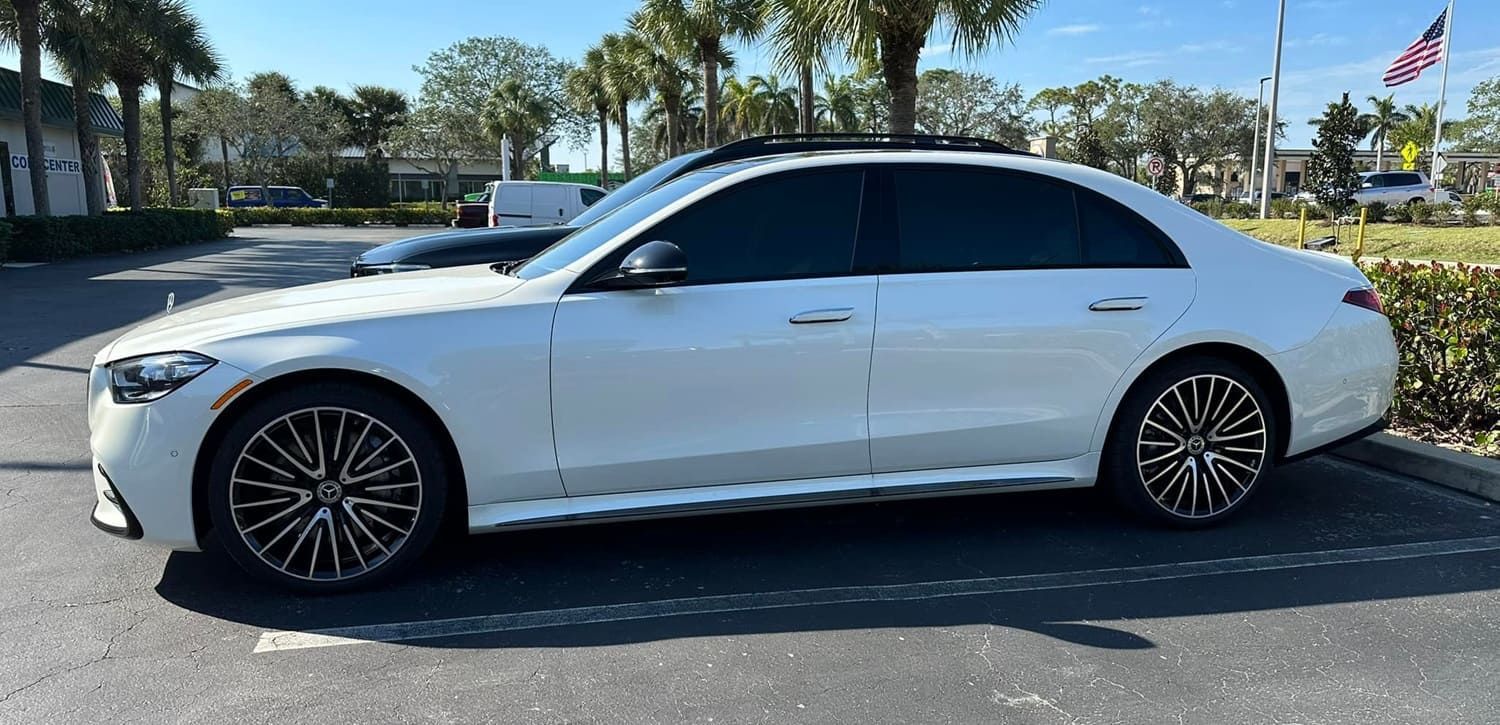
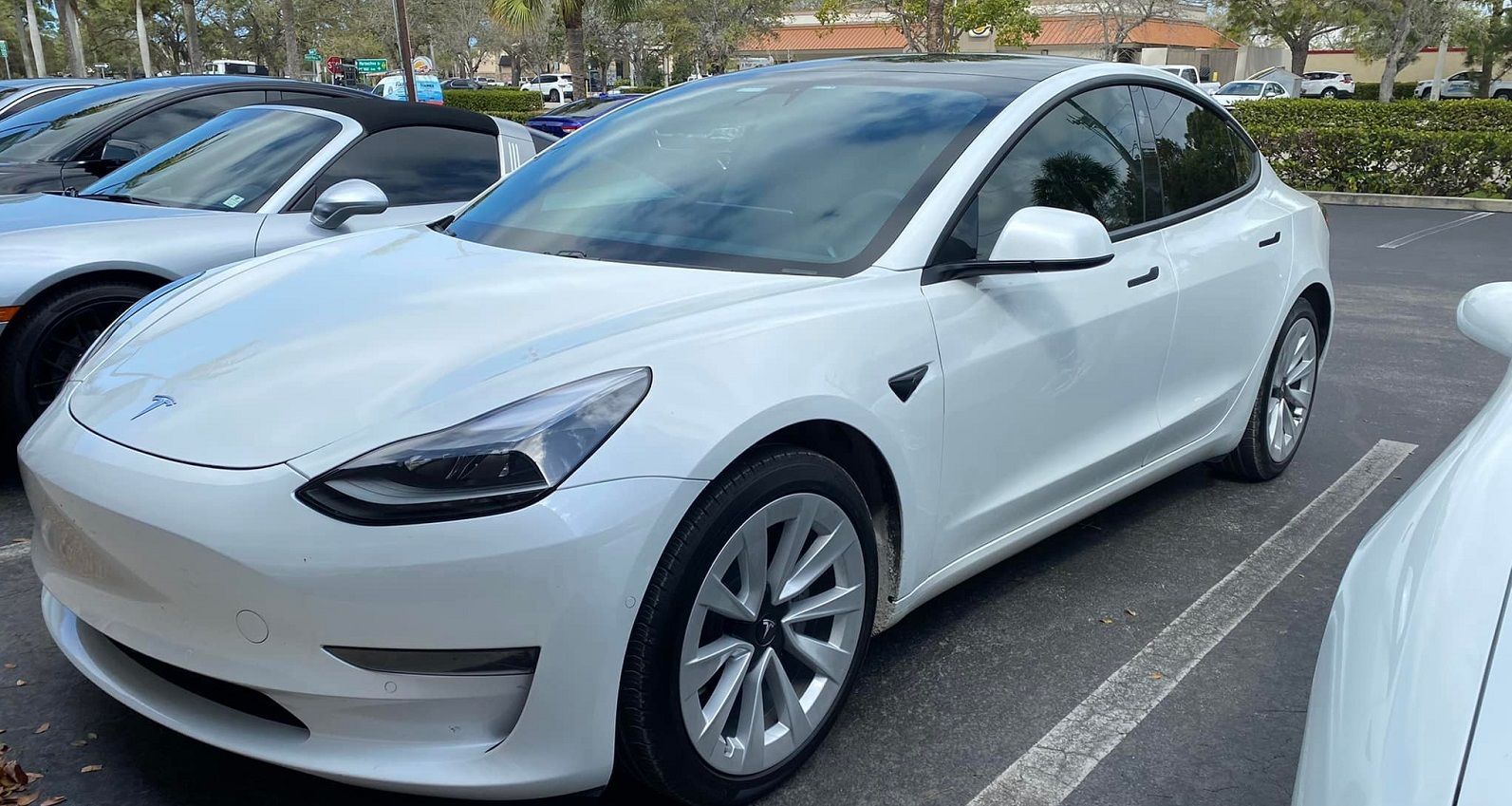
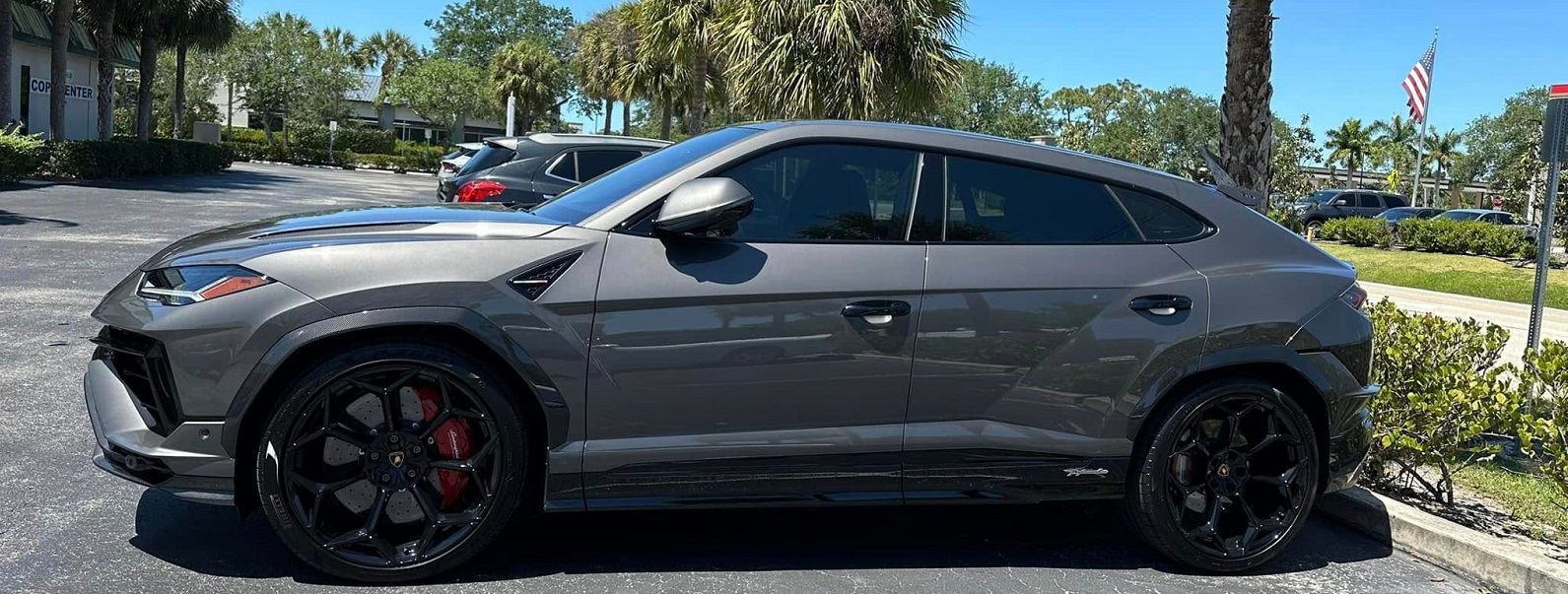
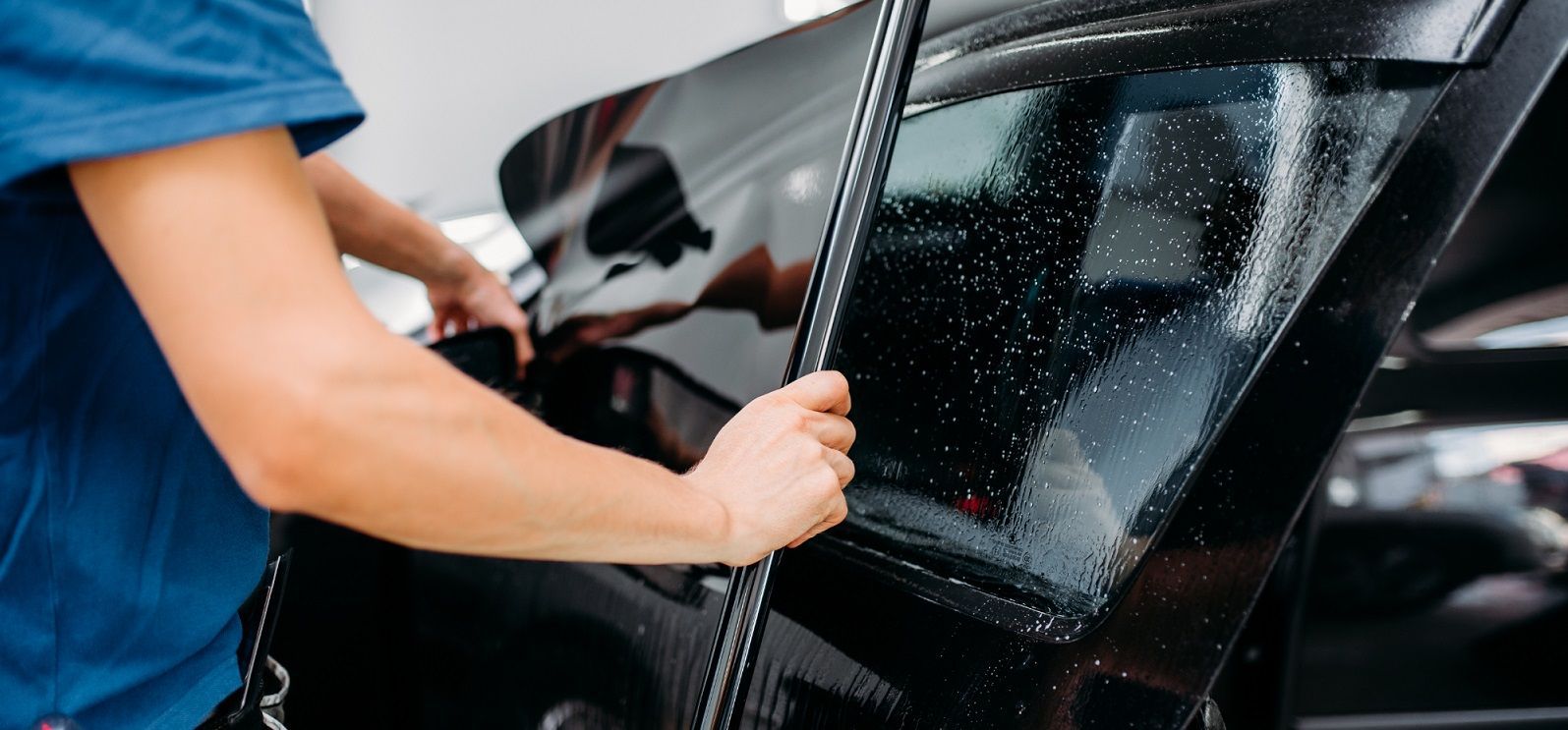

ENTERPRISE WINDOW TINTING
971 Airport-Pulling Rd N
Naples, FL 34104
Office: 239-434-7774
Fax: 239-434-5509
Hablamos Espanol
Monday – Friday 8am – 5pm
Saturday 8am - 2pm
All Rights Reserved | ENTERPRISE WINDOW TINTING

